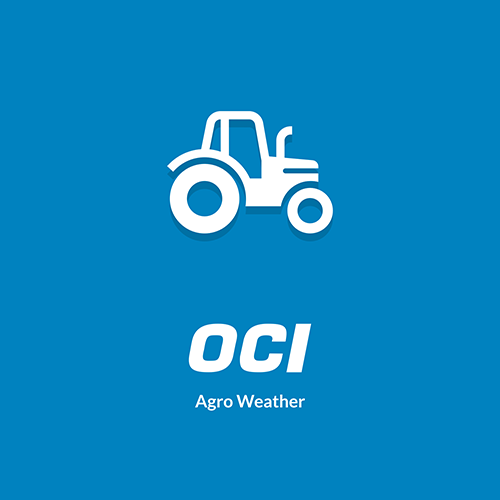Soil
Home > Soil > Considerations > Sandy soils
Sandy soils
 A characteristic feature of dry sandy soils is a compacted, dark layer due to washed-in humus, which is still present under the tillage layer. The low organic matter content, low loam content and low rooting depth mean that the crop quickly becomes moisture deficient.
A characteristic feature of dry sandy soils is a compacted, dark layer due to washed-in humus, which is still present under the tillage layer. The low organic matter content, low loam content and low rooting depth mean that the crop quickly becomes moisture deficient.
In dry sandy soils, it is important to maintain organic matter levels as this will keep the lack of moisture within limits. Furthermore, the soil must remain readily root able. The soils are often acidic. It is vital to maintain pH and nutrients that are easily lost such as nitrogen, potassium and sulphur.
In wet sandy soils, plant roots can extend far enough to obtain moisture from groundwater.

Groundwater levels are often managed artificially and therefore affect the available moisture. The subsoil is usually as compacted as in the dry sandy soils. This can make the subsoil difficult for a crop to root through. This disturbing layer can also be a peat layer. The fact that wet and dry layers alternate often makes soils prone to caking, as well as to drifting in dry conditions. Raised bog residues are sometimes found on loamy sand, creating what are known as Peat Colonies soils.
Besides organic matter management, sandy soils require tillage (loosening), dewatering (drainage) and cover in autumn and winter (deployment of green manures).


